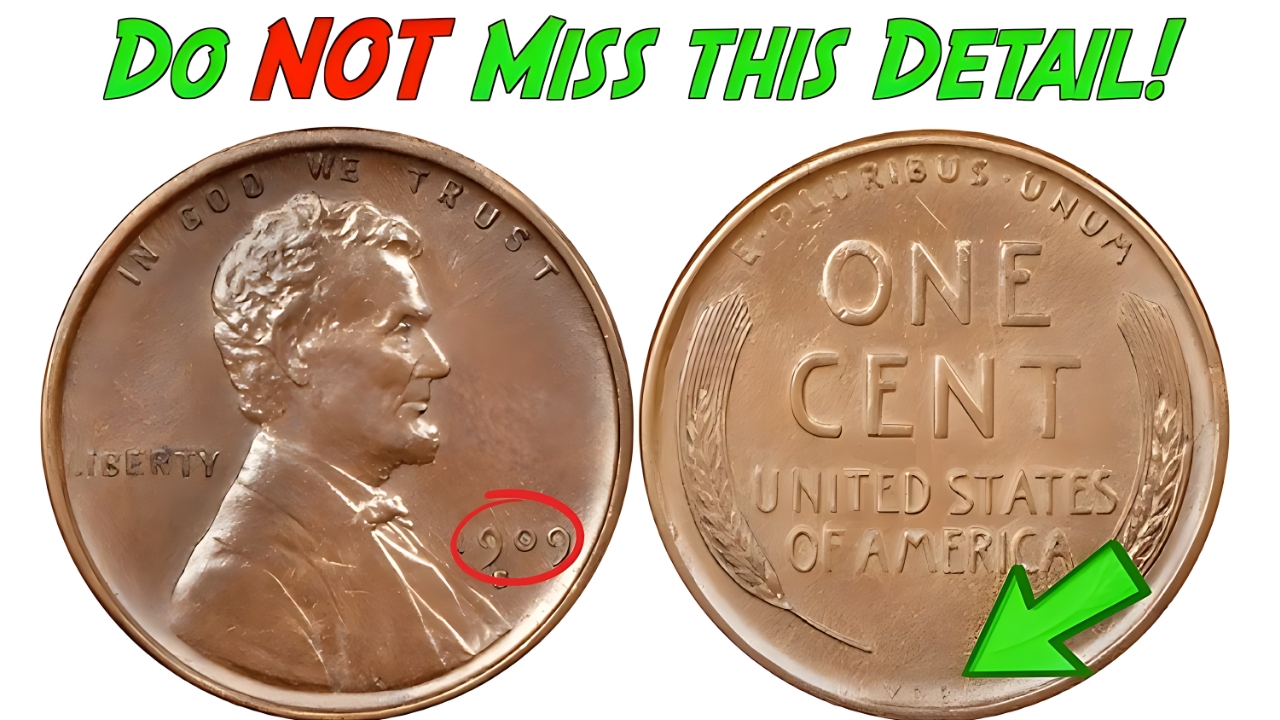The Lincoln Wheat Penny, minted from 1909 to 1958, remains one of the most popular coins for collectors. Over the last 15 years, the value of these pennies has shifted notably due to increased collector interest, rarity of certain dates, and growing popularity of coin collecting online. This article explores how prices for Wheat Pennies have evolved from 2010 to 2025, highlighting key trends and significant dates that affect their market value.
Price Trends Over 15 Years
The last decade and a half have seen a steady increase in the value of Wheat Pennies. In the early 2010s, common circulated pennies were typically worth only a few cents above face value, generally ranging from 5 to 25 cents. Uncirculated examples could fetch up to a few dollars, while rare varieties were valued at hundreds or even thousands of dollars. As the collecting community expanded and more collectors entered the market, prices began rising. By the mid-2020s, circulated pennies commonly commanded 30 cents to $1.50, with uncirculated and mint-condition coins reaching $6 to $15. Exceptional rarities have soared to prices over $5,000 as auction interest grew.
Influence of Rare Dates and Errors
Certain Wheat Penny dates and mint marks are particularly valuable, greatly influencing the market’s overall trend. The 1909-S VDB, for example, is sought after due to its low mintage and unique designer initials. This coin can reach thousands in value, especially in pristine condition. Other rare pennies like the 1914-D, 1922 “No D” error, and the 1943 copper penny hold legendary status, with values ranging from several thousand up to over $200,000 in rare cases. Errors and doubled dies also fetch premiums, further stimulating collector demand and price appreciation.
Online Auctions and Grading Impact
The rise of online auction platforms and social media collector groups has contributed significantly to the surge in Wheat Penny prices. Auctions introduce competitive bidding that pushes values higher, especially for coins with verified grading and certification. Grading services like PCGS and NGC have enabled collectors to trust coin conditions reliably, increasing demand for high-grade examples. This trend has encouraged better preservation and more activity in the Wheat Penny market, reflected in the increasing average prices over recent years.
Wheat Penny Value Range (2015–2025)
| Year | Circulated Pennies | Uncirculated (Mint Condition) | Rare Varieties and Errors |
|---|---|---|---|
| 2015 | $0.05 – $0.25 | $1 – $3 | $300 – $1,500 |
| 2020 | $0.20 – $0.40 | $4 – $10 | $500 – $3,000 |
| 2025 | $0.30 – $1.50 | $6 – $15 | $800 – $5,000+ |
FAQs
What makes a Wheat Penny valuable?
A Wheat Penny’s value depends on its date, mint mark, condition, and rarity. Key dates and error coins are the most valuable, and high-grade, well-preserved coins fetch higher prices.
Are all Wheat Pennies worth money?
Most common Wheat Pennies have low value, usually just above face value, especially if circulated. Rare dates and errors, particularly in mint condition, are where collectors find significant value.
How can I sell my Wheat Penny for the best price?
Professional grading and certification can significantly increase a Wheat Penny’s sale price. Selling through reputable coin dealers or online auction platforms usually attracts more competitive offers.
The Wheat Penny has grown from a humble 1-cent coin into a prized collector’s item over the past 15 years. Its evolving market, driven by rarity and collector enthusiasm, offers opportunities for both casual and serious coin enthusiasts. Staying informed on key dates and condition factors is essential for maximizing value.



